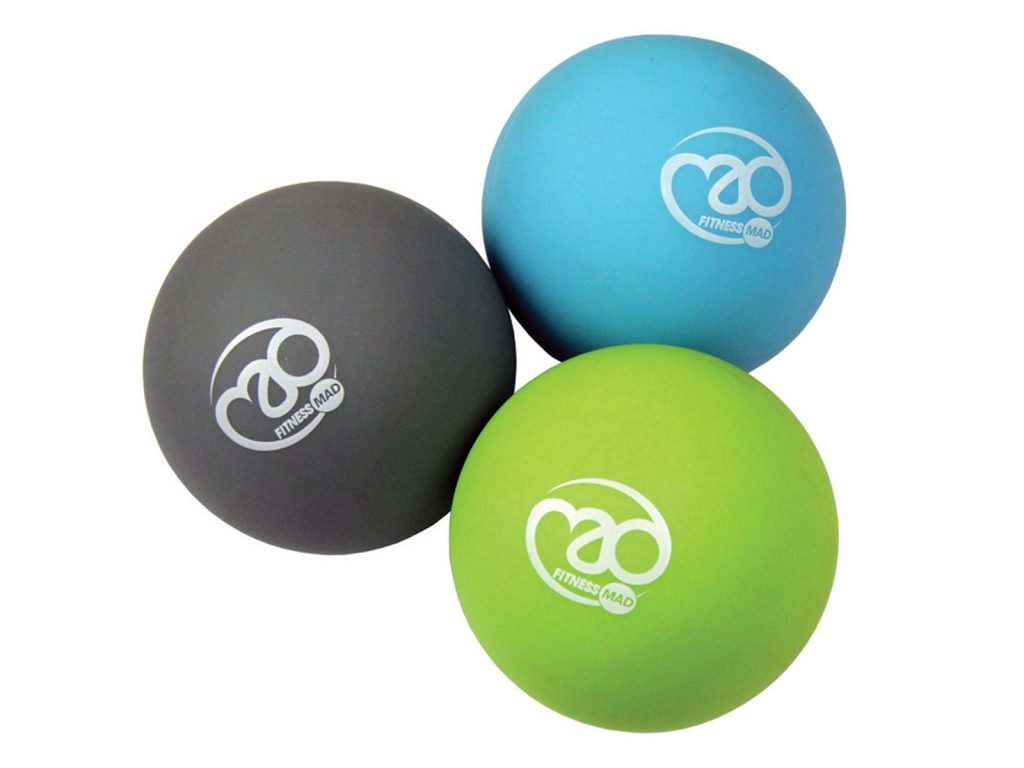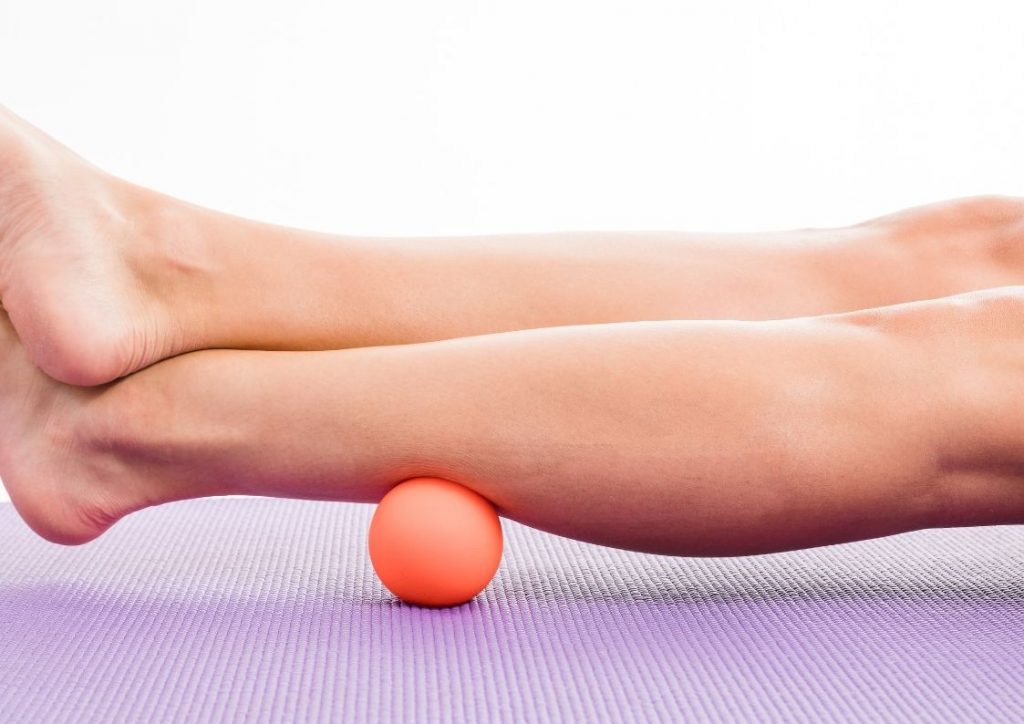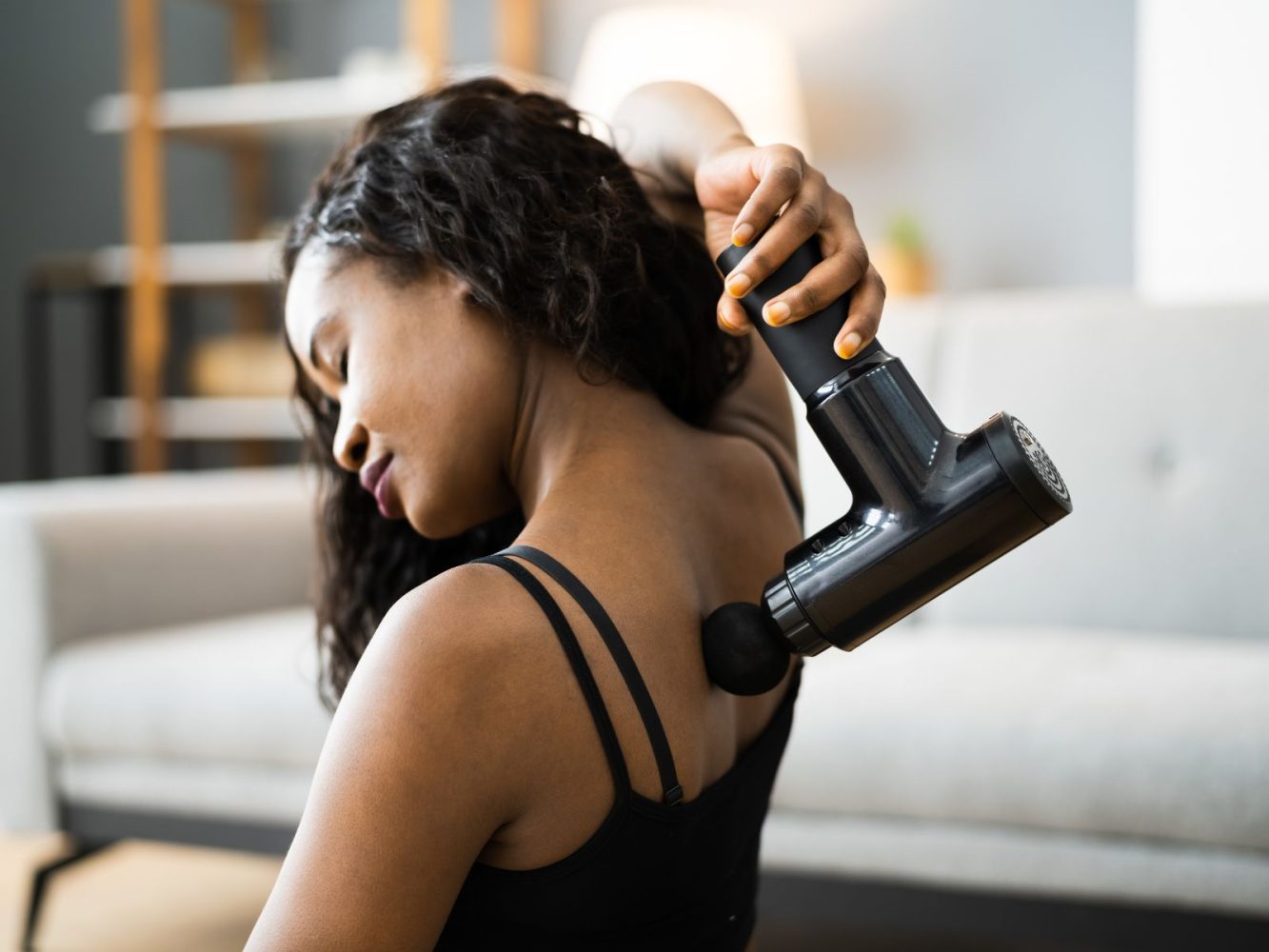
The Surprising Connection Between Hips and Jaw Pain
How adapting my holistic approach to treating TMJ Dysfunction transformed my results.

Massage balls are great for self-care. They really do work at relieving muscle pain. Here’s 3 to simple steps to get them working for you.
Massage balls are either spiky or smooth.
Spiky massage balls are good for superficial work – just under the skin.
Use them to open up the fascia. You can think of fascia as a stretchy membrane that holds everything in place.
Smooth massage balls are better for deeper work – that’s where we’ll find irritable spots known as trigger points.
These balls are made of dense foam with a bit of give in them. They need to be firm enough to be able to apply enough pressure. They also need enough give so as not to just bruise us.

These are the massage balls I use for deeper trigger point work. There are 3 balls in the set – each with a different level of firmness. So they’re great for experimenting with.

Warming up the area of pain is going to have 3 effects:
Grab a hot water bottle or microwave heat pack and apply it to the affected area for about 5 mins (not too hot mind!)

Think of a trigger point as that spot that when pressed, gives you the kind of pain that whilst a bit uncomfortable also feels like it is relieving the pain or releasing the tension.
I’m deliberately not calling it a knot, because, as you will have discovered, not all knots are painful.
We’ve all had a massage where the therapist has skirted over the bit we wanted them to work on and instead eagerly pounded at a knot that wasn’t bothering us.
A trigger point is a hyper irritable spot within a taut band of muscle.
Janet Travell
The term trigger point was first coined by Janet Travell, in the 1960s. Travell was a doctor and personal rheumatologist to President John F. Kennedy.
Travell describes a trigger point as a hyper irritable spot within a taut band of muscle.
This hyper irritable spot also has these features:
Travel mapped out and documented these trigger points and their pain patterns.

Place the ball where you want to work and lean against a wall or the floor.
Slowly allow the ball to roll and sink deeper.
You’re looking for trigger points. It will feel a bit sore, hot, hard or tender.
When you feel something like that, hold the pressure for 8-12 seconds.
Not too much pressure – stay below a seven.
Look out for the sensation changing – maybe the pain will ease, or move a bit.
Then roll onto another area and do the same again.
You can revisit these trigger points a few times. Then it is good to stretch that muscle when done.

How adapting my holistic approach to treating TMJ Dysfunction transformed my results.

The Pain-Free Mindset, Book Review A must read for anyone still seeking answers to their persistent pain! What’s that lyric? Now the drugs don’t work,

What is the best treatment for low back pain? Well it turns out it’s not drugs, injections or surgery – so what is it?

Pain and Cold Weather: Separating Fact from Fiction Home It’s that time of year! As the temperature drops, conversations about the link between pain and

Here are 5 essential reminders that we can turn to regularly to help us on our pain-relief pathway.

Should I Buy a Massage Gun? Are you feeling fatigued and sore after a long day of work? Do your muscles feel stiff and tight?